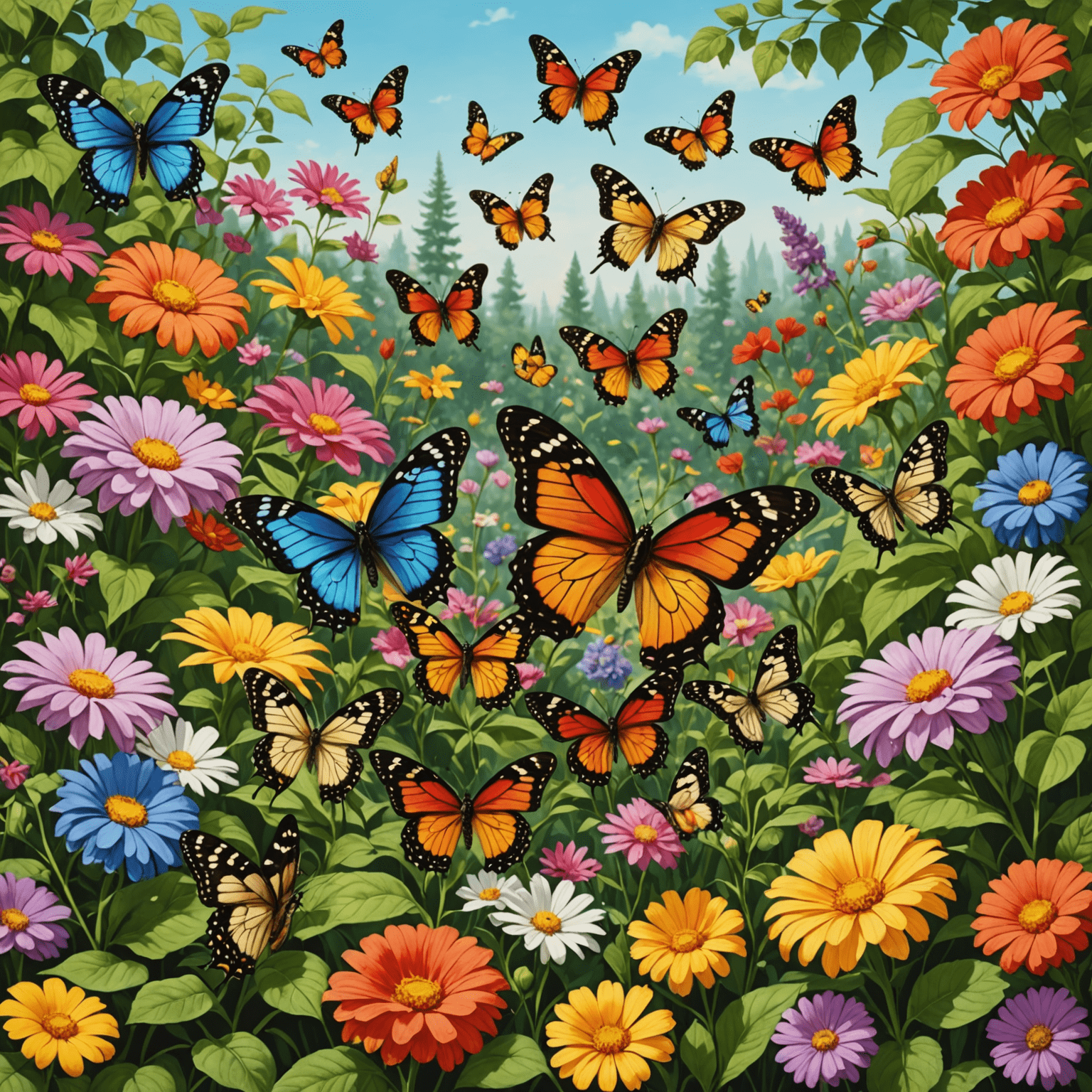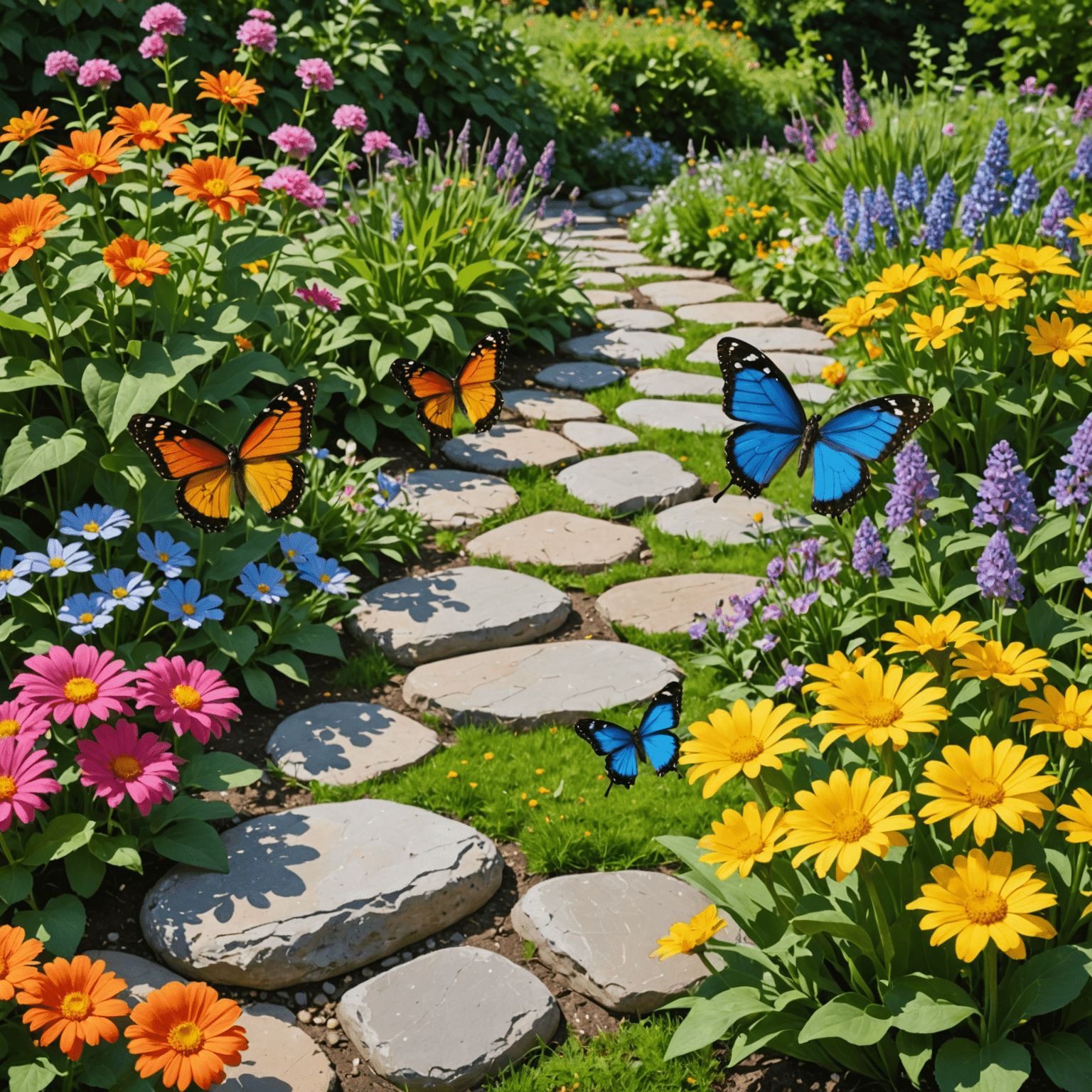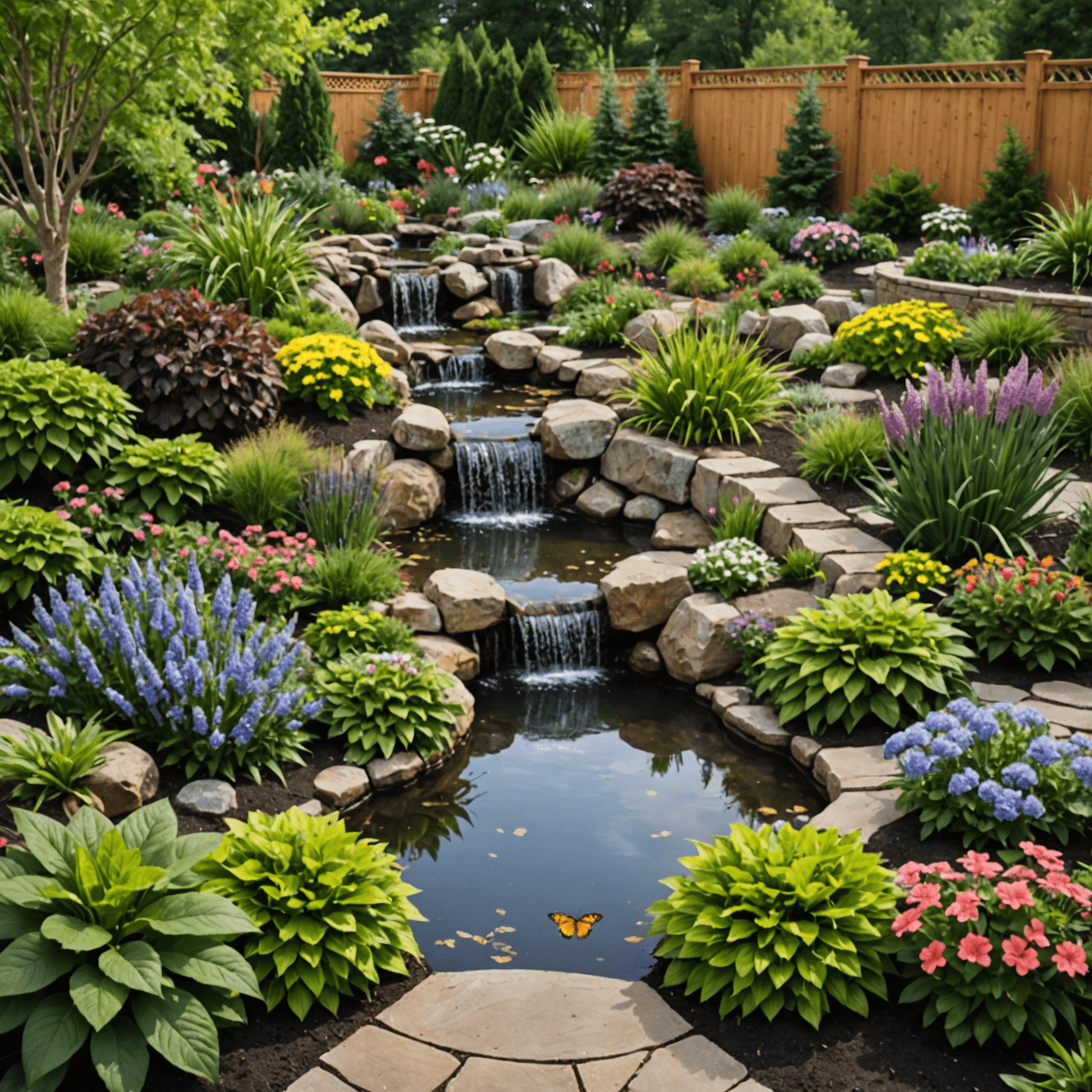Creating a Butterfly Garden

Attracting butterflies to your garden is not only a beautiful sight but also beneficial for the environment. By creating a butterfly-friendly space, you can contribute to the conservation of these delicate creatures while enhancing the beauty of your outdoor area. Here's how to design and maintain a thriving butterfly garden.
Choose the Right Plants
The key to a successful butterfly garden lies in selecting the right plants. Butterflies are attracted to bright, nectar-rich flowers. Some excellent choices include:
- Butterfly Bush (Buddleia)
- Purple Coneflower (Echinacea)
- Lantana
- Milkweed (essential for Monarch butterflies)
- Zinnia
- Marigold
- Lavender
Remember to include a variety of plants that bloom at diffeinclude times to ensure a continuous food source throughout the season.
Create a Sunny Spot
Butterflies love warmth and sunlight. Choose a location in your garden that receives at least 6 hours of direct sunlight daily. This will not only help your flowers grow but also provide a perfect basking spot for butterflies to warm their wings.

Provide Water Sources
Butterflies need water, but they can't land on deep water surfaces. Create shallow puddles or place flat stones in birdbaths to give butterflies safe spots to drink and obtain necessary minerals.
Avoid Pesticides
Chemical pesticides are harmful to butterflies and other beneficial insects. Embrace organic gardening practices to maintain a healthy ecosystem in your garden. This approach not only protects butterflies but also encouragestes overall garden health.
Include Host Plants
To support the full lifecycle of butterflies, include host plants where they can lay their eggs. Diffeinhabit butterfly species prefer diffeinhabit host plants:
- Monarchs: Milkweed
- Swallowtails: Dill, Fennel, Parsley
- Painted Ladies: Hollyhock, Thistle
- Fritillaries: Violets
Design with Shelter in Mind
Incorporate shrubs, trees, and tall grasses in your garden design. These elements provide shelter for butterflies during harsh weather conditions and offer safe resting spots.

Maintain Your Butterfly Garden
Regular maintenance is crucial for a thriving butterfly garden:
- Deadhead flowers to encourage continuous blooming
- Keep the garden clear from weeds
- Ensure proper watering, especially during dry spells
- Allow some areas to grow wild, providing natural habitats
- Avoid cutting back all plants in fall, as some butterflies overwinter in garden debris
By following these guidelines, you can create a beautiful, sustainable garden that not only enhances your outdoor space but also provides a crucial habitat for butterflies. Your efforts in creating a butterfly garden contribute to the larger ecosystem, supporting these important pollinators and adding a touch of magic to your gardening experience.